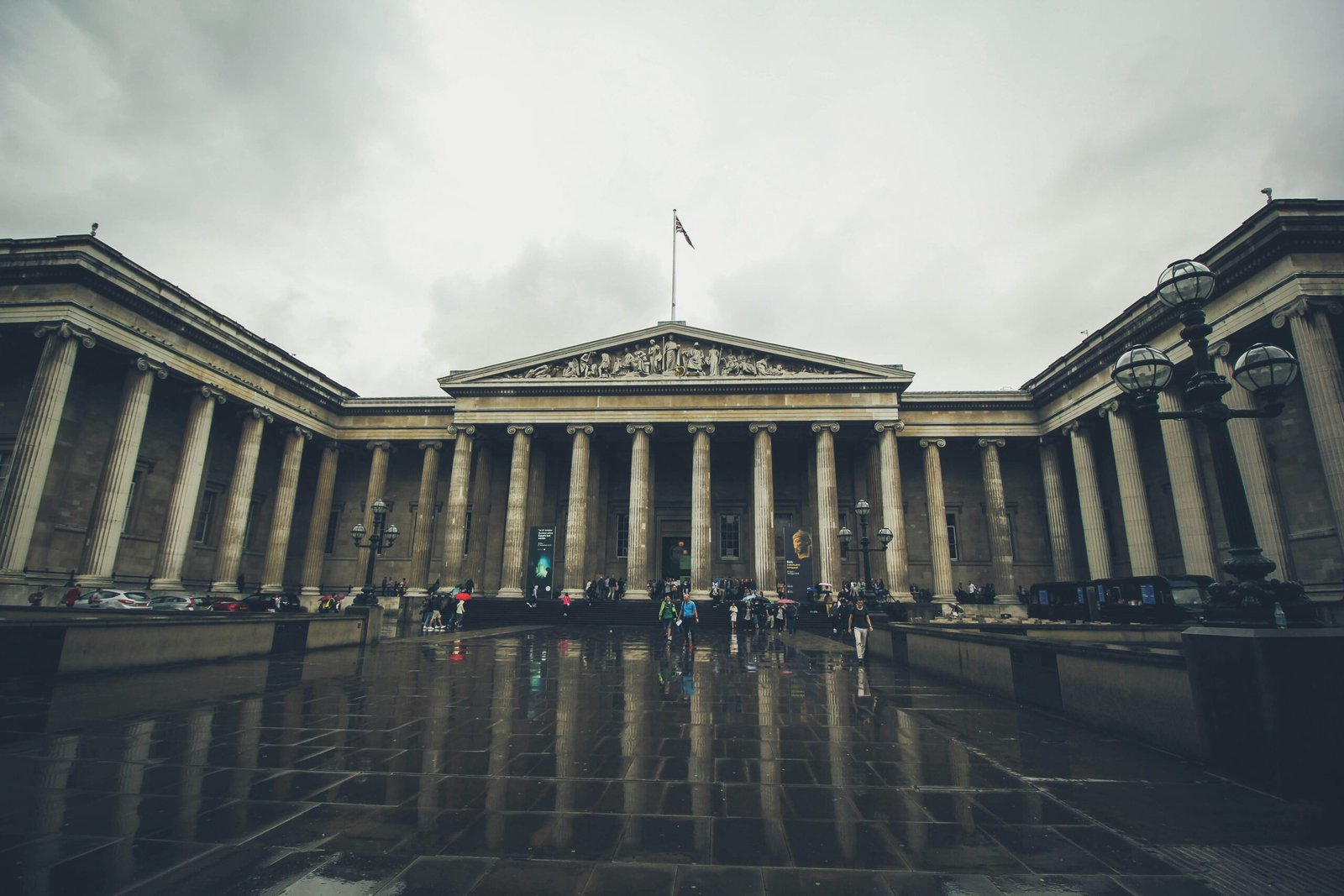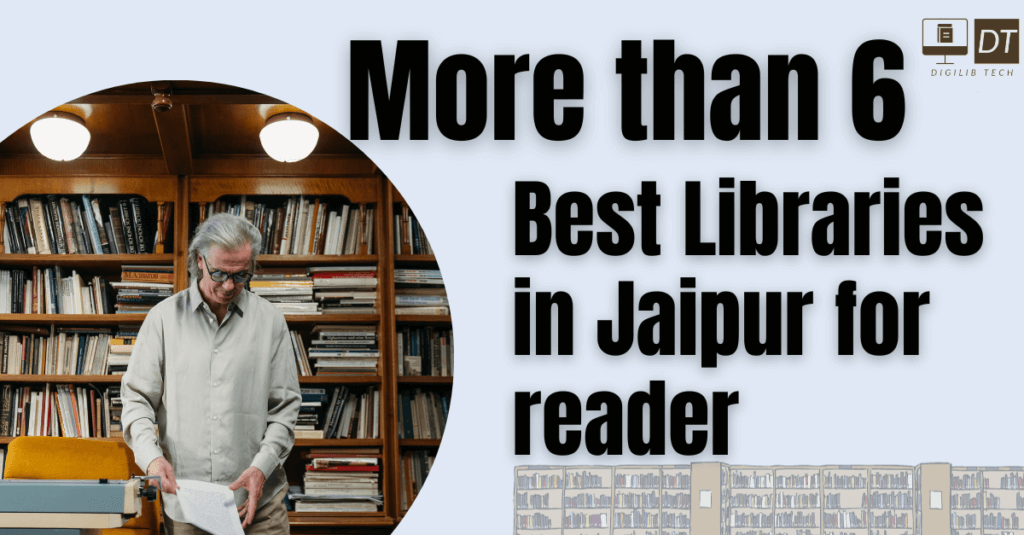A Glimpse into the Iconic Great Court
The Great Court at the British Museum stands as a testament to both architectural innovation and historical reverence. Designed by renowned architect Norman Foster and opened in December 2000, the Great Court serves as the largest covered public square in Europe. Its creation transformed what was once an underutilized courtyard into a vibrant and dynamic space, encapsulating the museum’s commitment to accessibility and public engagement.
Central to the Great Court’s design is the iconic Reading Room, strategically situated at its heart. This placement not only highlights the historical significance of the Reading Room but also integrates it seamlessly into the flow of the Great Court, making it a focal point for visitors. The Reading Room’s domed exterior, a masterpiece of Victorian engineering, commands attention through its majestic and imposing presence. The dome, with its intricate iron framework and glass panels, allows natural light to flood the interior, creating an inviting and contemplative atmosphere.
The architectural brilliance of the Great Court extends beyond its practical function. Its visual impact is profound, with the domed Reading Room serving as a symbolic nucleus around which the museum’s diverse collections revolve. This relationship between the exterior grandeur and the interior tranquility of the Reading Room encapsulates the dual nature of the British Museum: a place of public gathering and scholarly pursuit. The seamless integration of these elements invites visitors to explore the museum’s treasures while offering a serene refuge for reflection and study.
As one navigates through the Great Court, the Reading Room’s distinctive silhouette becomes a beacon, guiding visitors towards an immersive historical experience. Its presence within the Great Court not only enhances the architectural narrative of the space but also underscores the British Museum’s role as a custodian of knowledge and culture. The harmonious blend of old and new within the Great Court exemplifies the museum’s dedication to preserving the past while embracing the future.
The Unique Papier-Mache Ceiling: A Marvel of Design
The Reading Room at the British Museum in London is not only a repository of knowledge but also a masterpiece of architectural ingenuity. One of its most striking features is the papier-mache ceiling, a design element that distinguishes it from other historic libraries. This ceiling is a testament to both the creative vision and technical prowess of the 19th-century architects and engineers who conceptualized and executed it.
What makes the papier-mache ceiling particularly special is its lightweight yet durable nature. Traditional materials like plaster or stone would have been too heavy for the expansive roof of the Reading Room. Therefore, the use of papier-mache offered a practical solution, allowing for a grand, ornate design without compromising structural integrity. The ceiling’s intricate patterns and detailed workmanship add an element of grandeur and sophistication to the room, making it a visual delight for visitors.
Historically, the construction of the papier-mache ceiling presented several challenges. Firstly, ensuring the material’s fire resistance was crucial in an era when fire hazards were a significant concern. Engineers addressed this by treating the papier-mache with fire-retardant chemicals. Secondly, achieving the precise curvature and detailed ornamentation required meticulous craftsmanship and innovative techniques. The artisans employed had to mold and assemble the pieces with great precision to ensure a seamless finish.
The architectural challenges were compounded by the need to create a ceiling that enhanced the room’s acoustics and lighting. The reflective quality of the papier-mache surface helps distribute light evenly across the room, reducing shadows and creating a well-lit environment conducive to reading and study. Moreover, the material’s texture aids in dampening sound, adding to the serene atmosphere that scholars and researchers cherish.
In summary, the papier-mache ceiling of the Reading Room at the British Museum is a marvel of design that embodies both aesthetic beauty and functional excellence. Its innovative construction has overcome significant challenges, making it a unique and invaluable feature of this historic space. This ceiling not only elevates the room’s ambiance but also serves a practical purpose, enhancing the overall experience for all who visit.
A Sanctuary for Scholars: Historical Access and Notable Visitors
The Reading Room at the British Museum has long been regarded as a sanctuary for scholars, a place where access was carefully regulated to ensure a conducive environment for serious study and research. From its inception in 1857, the Reading Room was primarily reserved for registered researchers, academics, and members of the literary elite. This exclusivity fostered a unique atmosphere of intellectual rigor and scholarly pursuit.
Among the most notable figures to frequent the Reading Room was Karl Marx, who spent countless hours delving into economic theories that would later culminate in his seminal work, “Das Kapital.” The profound quiet and the vast array of resources available provided Marx with the perfect setting to scrutinize and develop his revolutionary ideas.
Oscar Wilde, the celebrated playwright and author, also found inspiration within these hallowed walls. The Reading Room’s extensive collection allowed him to immerse himself in literature and philosophy, sharpening his wit and fueling the creativity that would define his career.
Mahatma Gandhi, the revered leader of Indian independence, was another distinguished visitor. During his stay in London, Gandhi utilized the Reading Room to study law and the principles of civil disobedience, which later became the foundation of his nonviolent resistance movement.
Equally noteworthy is George Orwell, who found the Reading Room to be an invaluable resource for his research. Orwell’s experiences and the knowledge he gained there significantly influenced his dystopian novels, such as “1984” and “Animal Farm.”
Other luminaries, including Rudyard Kipling, Mark Twain, Lenin, and H.G. Wells, also graced the Reading Room. Each of these individuals found in the Reading Room a quiet refuge that nurtured their intellectual and creative endeavors. The Reading Room’s role as a sanctuary for scholars has left an indelible mark on the literary and political landscape, with its influence evident in the groundbreaking works produced by its illustrious visitors.
The Modern Era: Transformation and Current Uses
In the year 2000, the British Museum underwent a significant transformation when the majority of its collection was relocated to the newly established British Library. This pivotal change marked a new era for the historic Reading Room, which has since evolved to serve contemporary needs while preserving its historical essence. The room now functions as an information center, providing visitors with access to a curated collection of specialty art and history titles.
The transition of the Reading Room into its modern role entailed a meticulous redesign to suit its new purpose. The curated collection housed here includes rare volumes and scholarly texts that continue to attract researchers and history enthusiasts alike. This transformation has allowed the Reading Room to maintain its status as a vital intellectual hub within the British Museum.
Additionally, the Reading Room has become a prominent venue for notable exhibitions, showcasing its adaptability and continued relevance. A standout example was the 2006 exhibit on China’s Terracotta Army, which drew significant attention and acclaim. Such exhibitions not only highlight the Reading Room’s historical significance but also its capacity to engage contemporary audiences with diverse cultural treasures.
Through these dynamic uses, the historic Reading Room at the British Museum remains an integral part of the institution, bridging its storied past with the demands of the modern era. The space continues to inspire curiosity and learning, ensuring that its legacy endures while adapting to the evolving landscape of historical and cultural scholarship.













